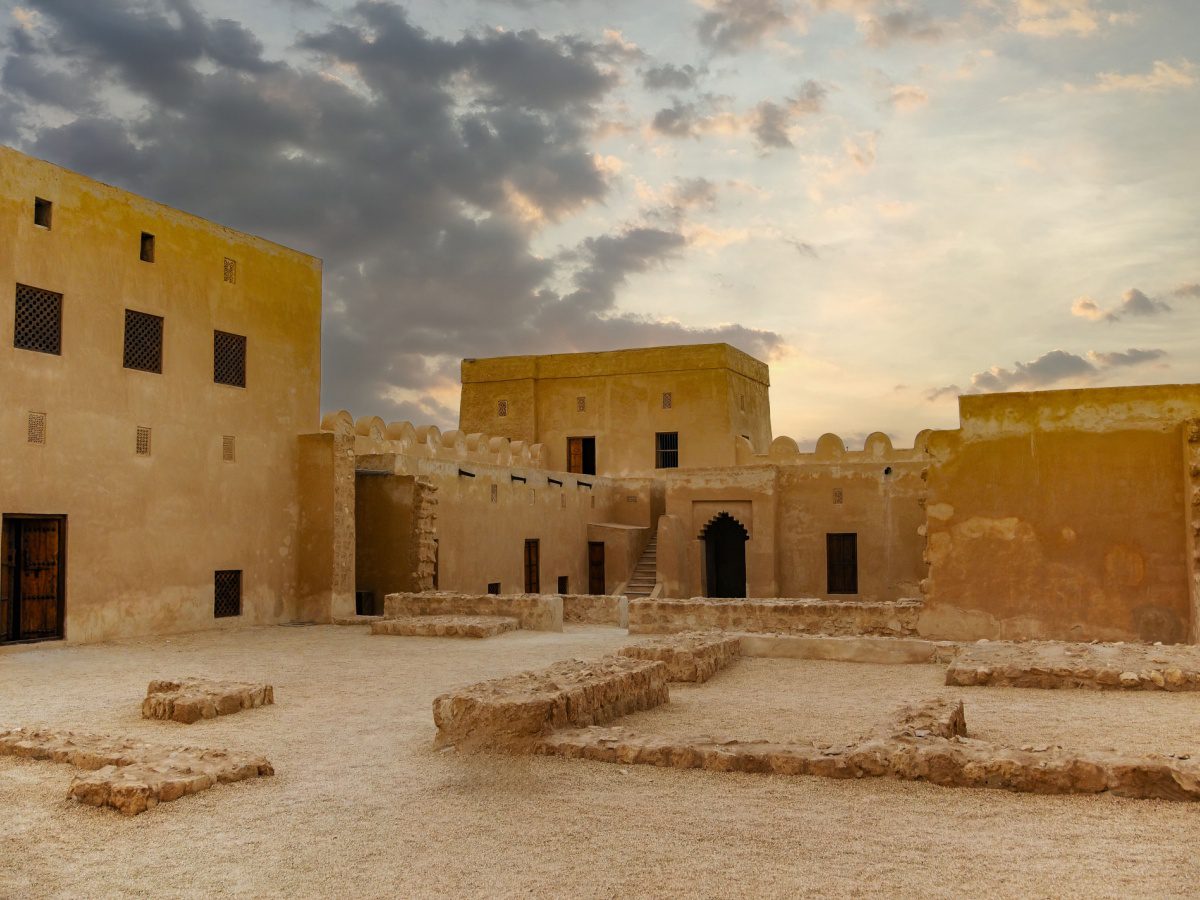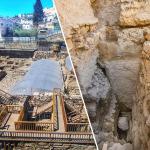
An archaeological discovery has revealed one of the earliest Christian structures in the Arabian Gulf, shedding light on a long-lost Christian community that thrived in the region before the widespread adoption of Islam in the early seventh century. The findings reveal the first physical evidence of the Church of the East, also called the Nestorian Church, in Bahrain. Researchers from the University of Exeter and the Bahrain Authority for Culture and Antiquities have found the structure that’s believed to be a palace belonging to a bishop and dates back between the mid-fourth and mid-eighth centuries, as confirmed by radiocarbon dating, announced the university on its website.
The structure was found beneath a mound in a village cemetery in Samahij, an area central to modern settlements yet steeped in historical significance. The site was occupied until its abandonment following the community’s conversion to Islam. Professor Timothy Insoll of the University of Exeter, who co-led the excavation, described the structure as a large building with eight rooms, including a kitchen with several hearths, a refectory or dining room, a possible work room, and three living quarters. “We were amused to find someone had also drawn part of a face on a pearl shell in bitumen, perhaps for a child who lived in the building,” Insoll was quoted as saying. “This is the first physical evidence found of the Nestorian Church in Bahrain and gives a fascinating insight into how people lived, worked and worshiped.”
The presence of multiple Christian symbols and artifacts, such as plaster crosses and early Christian symbols like Chi-Rho and a fish scratched into plaster, further solidifies the Christian identity of its inhabitants. The discovery also includes textiles, possibly used in worship, and spindle whorls and copper needles, suggesting textile production at the site. The excavation unearthed a dozen copper coins from the Sasanian Empire, adding to the evidence of an economically prosperous community.
This site’s excavation, which began in 2019 and concluded in 2023, was motivated by local lore. “They had a mound under a ruined mosque/shrine in their cemetery, which they said contained something important,” Daily Mail quoted Insoll as saying. “No one listened, but eventually, when it was taken seriously, they were right, and the building was found.”
The researchers plan to continue their work at the site, with a museum scheduled to open in 2025 to preserve and exhibit these discoveries.


